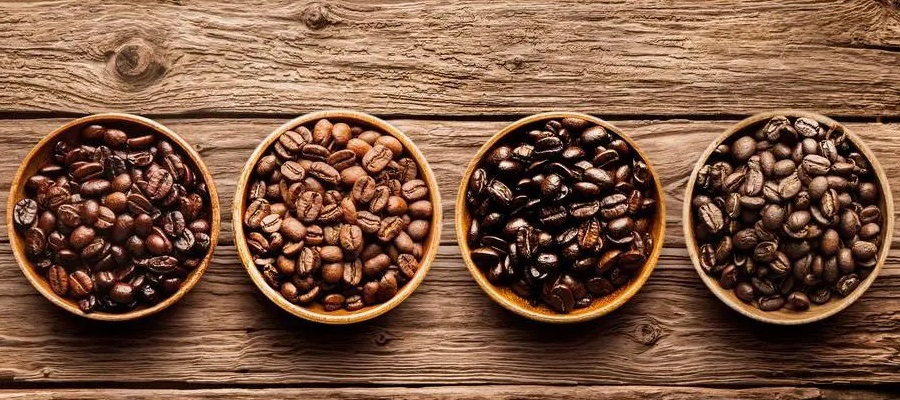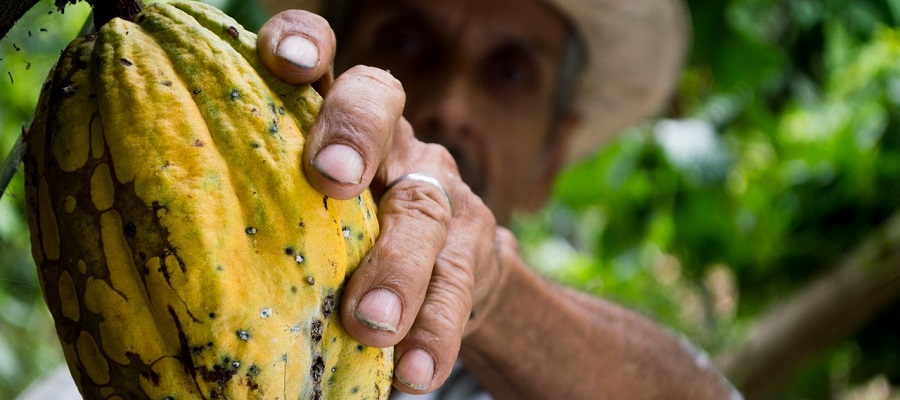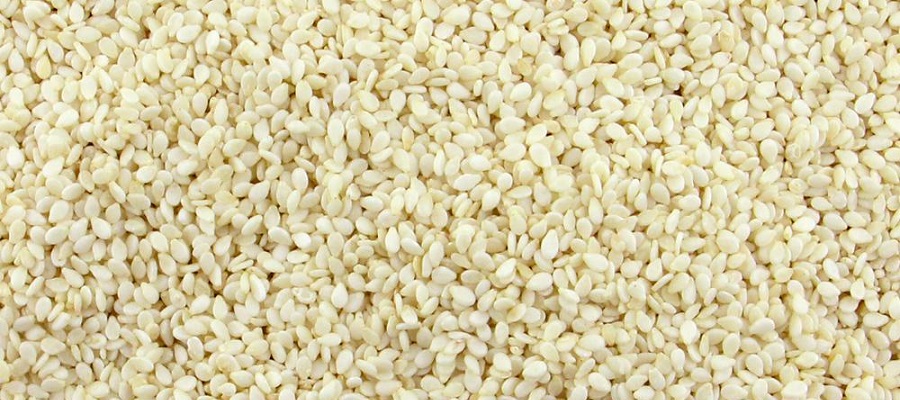If you're looking forward to buying importing or exporting coffee beans, feel free to skip this contribution by clicking here. But if you're looking forward to learning more about this special bean, continue reading. Of the over 100 different types of coffee beans grown in the world, arabica and robusta are the two most common beans cultivated for drinking. Generally, these beans are harvested, roasted, and turned into a great cup of coffee, but these two primary beans vary in taste, strength, cost, and the location and conditions of their growth.
Taste Differences - Coffee Robusta vs. Coffee Arabica

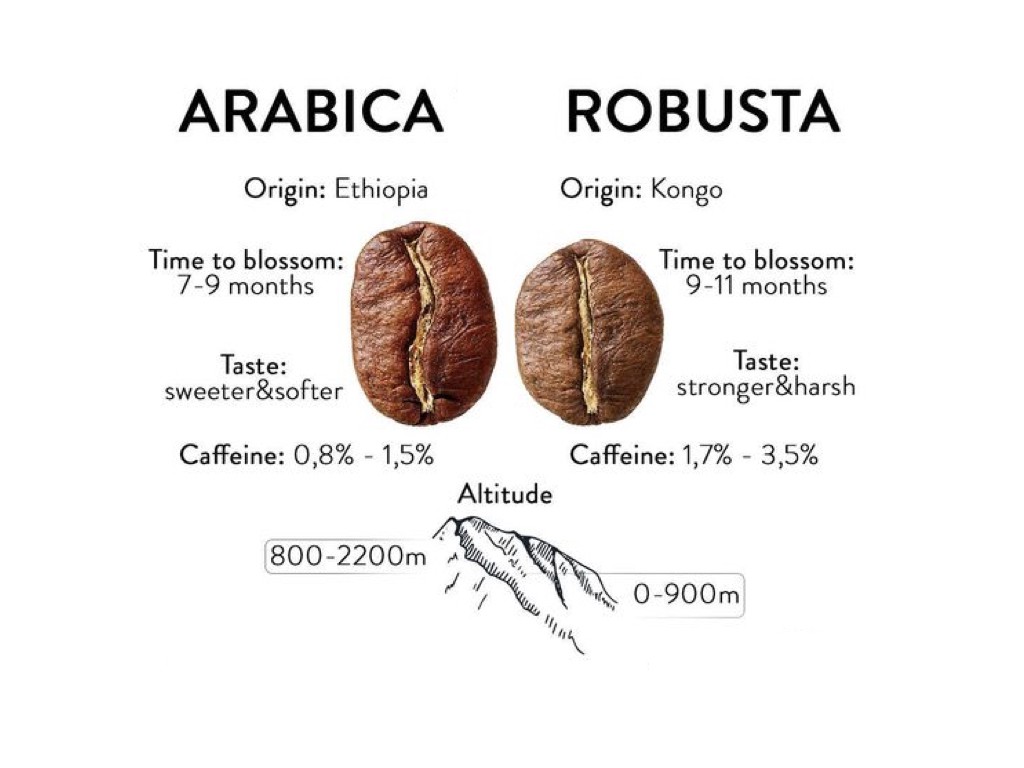
Arabica vs Robusta - The difference
Of the two coffee beans, a great flavor is usually what people are looking for in a nice cup of coffee. Arabica beans can vary in taste depending on their growing conditions but are most often described as having a sweeter, softer taste with hints of fruits and berries. The acidity of the arabica bean is higher than that of the robusta bean. The robusta bean has a higher caffeine content. The higher caffeine content contributes to a taste that is described as having a harsher flavor profile with a bitter grainy overtone and a nutty aftertaste. This bean is typically a better choice for espresso drinks.
Growth Environments - Coffee Robusta vs. Coffee Arabica
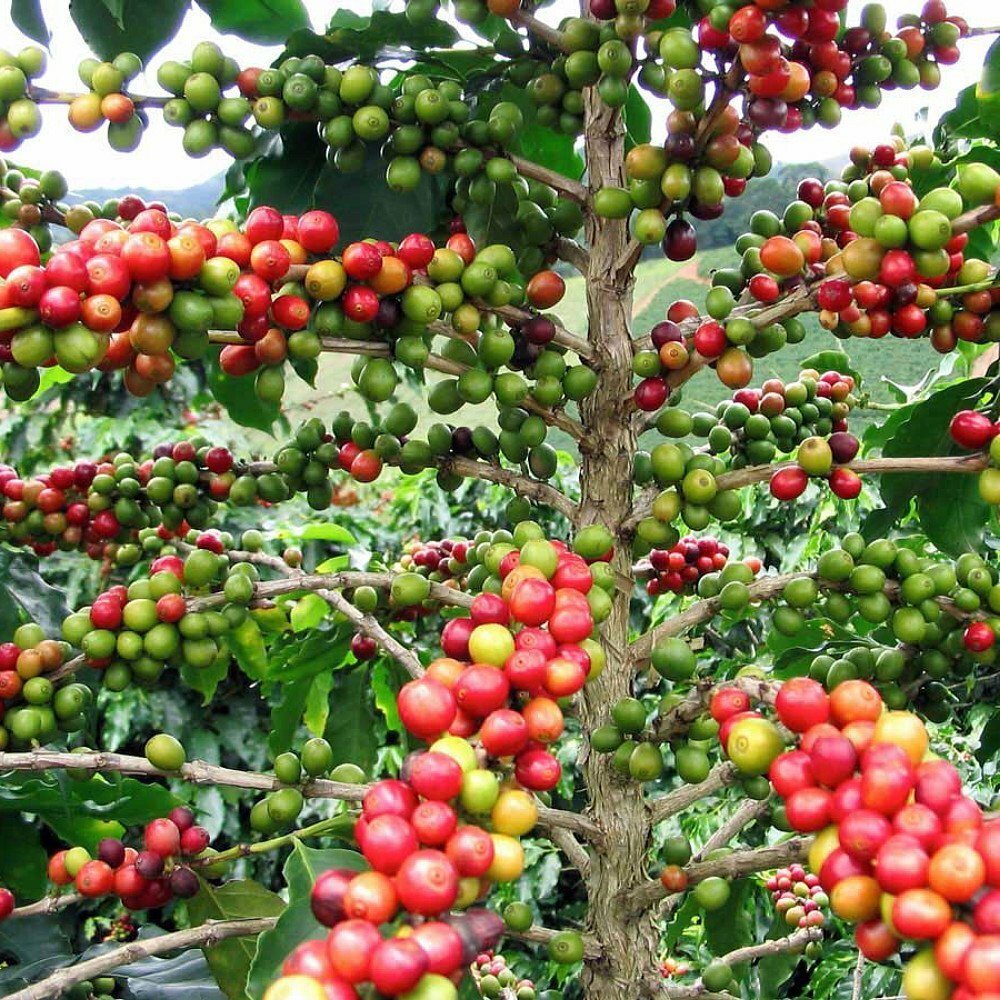
Arrabica Coffee Bean Plant
Arabica coffee beans tend to be the more fragile of the two plants. This bean has to grow in higher altitudes, cooler subtropical climates, with a lot of moisture, rich soil, and they need lots of sun. Because of how fragile this plant is, these tend to need to be handpicked and handled carefully and are more suspectable to attack from pests. Cold temperatures can also damage this bean. Robusta coffee beans are a more resilient plant and can be grown at lower altitudes. Because of its hardiness in nature, this bean tends to be easier to produce for low costs and can be mechanically picked. Growers tend to prefer the robusta bean for its ability to be mass-produced with little waste.
Cost Differences - Coffee Robusta vs. Coffee Arabica
Because of the temperament of the arabica bean and the better overall taste that more people prefer, this bean tends to be the most expensive of the two. Robusta, although cheaper than the arabica, can be worse for the environment. This bean can be mass-produced and more forests are being cut down to yield more robusta beans every year.

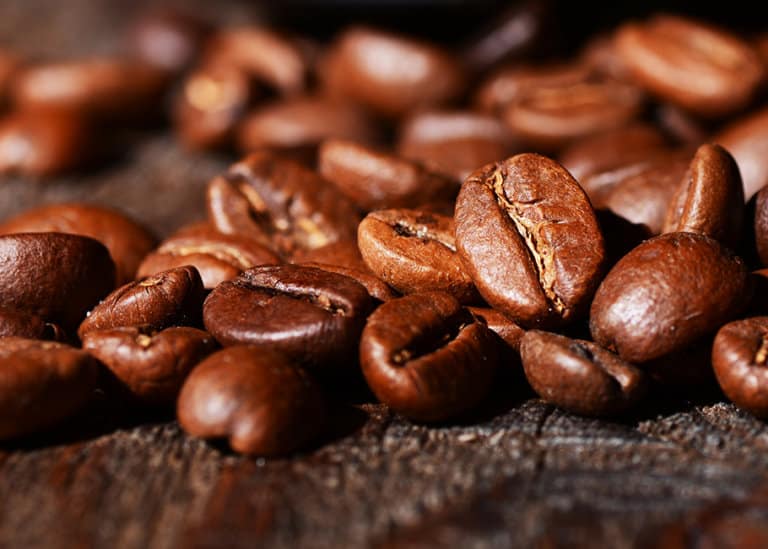
Arabica Coffee - Source: enjoyjava.com
Arabica, because of the sensitivity and difficulty of growth and picking, tends to be the more esteemed due to its more flavorful and less bitter profile than the robusta bean. Over 75% of all coffee grown around the world is arabica. Although the robusta is more easily harvested and has a higher caffeine content, you’d think this one would be the primary coffee bean, but more farmers are adding this bean to their crops every year.
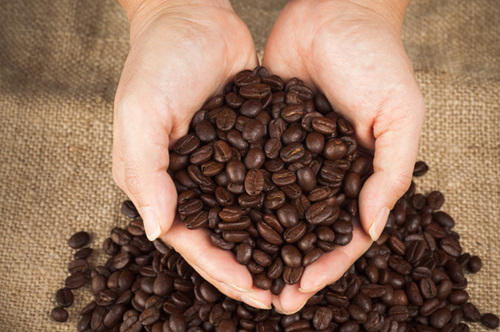
Robusta Roasted Coffee Beans - Source: IndiaMART.com
Some people prefer their coffee strong or just to have a higher content they choose the robusta. Besides, you can mask a bad coffee taste with some good creamer. While the others who love a smooth cup of coffee that they can sip and enjoy choose arabica. The consensus if choosing between robusta and arabica is that it depends on your personal preference. Still, overall, arabica is the bean of choice among most coffee fans due to its smooth, soft, easy to drink, flavor profile.
